My boss said, “I know you were a flight instructor back in Canada. So I have a test case for you. I want you to take the new pilot up for a few flights and see how he performs. Before you take him out to Ekreku, I want you to take him over to Cow Island and make sure he can land the C-206 on a short airstrip.”
The airstrip itself was what we called an unimproved airfield in Guyana. The surface was red clay and just over a thousand feet in length. It was pretty narrow and had lengths of wood at various intervals to mark the sides of the strip.
This type of airfield was utilized as an excellent place to test your skills at landing an aircraft and practicing short field approaches. The only problem was the constant rain that made the surface of the airstrip very slippery. It made the airstrip ideal for testing Clement’s short-field approach and landing to ensure that he would be able to accomplish this on the many short airstrips in the interior of the country.
The Cessna 206 was ideally suited to bush flying and great for the type of flying our company was involved with on a regular basis. My boss had removed the co-pilot’s seat and the dual flight controls on the right side of the aircraft to allow the aircraft to carry three 55 gallon drums of fuel, and keep the correct center of gravity within limits specified in the flight manual.
We were going to use this older aircraft for the training flight to Cow Island. I had the ground crew quickly re-install a co-pilot’s seat in the aircraft, so I could monitor Clement’s short-field performance.
We both got into the aircraft and fastened our seatbelts. Clement went through the usual pre-start checklist and then got the engine started. As we were taxiing out, I noticed my view of the taxiway was somewhat limited and decided to adjust the height of my seat. As I reached down to make the adjustment, I realized that the ground crew had installed a regular seat instead of an adjustable co-pilot’s seat. I pondered this for a few seconds then decided to continue as it was just a short flight. I would later regret this serious error in judgment.
We did the usual pre-takeoff checks, received clearance for takeoff, and set out for Cow Island, 16 minutes west of Timehri airport.
I briefed Clement on why a short field approach is so critical to a bush pilot, and he said he understood and would treat this training flight as a final checkout! I did not comment on that remark and asked him to concentrate on the short field approach to Cow Island.
I told him to look for animals, particularly cows, or sheep that might be grazing on the grass at the sides of many of the interior airstrips.
Clement asked what he should do if he saw any animals on the strip. I told him to just fly down the airstrip low enough to scare them away. He nodded his head.
We leveled off at 1.500 feet, and everything looked suitable for our approach. There is a runway at Bartica on the mainland and not that far from Cow Island, so we looked to make sure that no other aircraft were in the immediate area of where we were going to practice our short field approaches.
I asked Clement to conduct a visual of the airstrip before he made his first approach. He flew over the strip on the right side so he could look out the pilot’s side window to get a better view of the surface. He said he saw no animals or obstructions, so we made a left-handed circuit for our first approach.
He did a pre-approach instrument check and then started his pre-landing checklist. He was looking at the airstrip on his left, and he made a left-hand turn and put down 20 degrees of flaps to slow down the aircraft. The usual approach speed for the Cessna 206 with a light load was 80 knots. Everything was looking good until we turned on the final approach.
I had my first glimpse of the airstrip and told Clement he was too high and to slow the aircraft, put down 30 degrees of flap and try to lose some more height. He put down the extra flap and pulled back the throttle to around 1.500 rpm. It looked like he was pretty comfortable with his approach, and since I only had a limited view from the right side seat, I was not overly concerned at this point.
As Clement made his last few throttle adjustments and increased the propeller pitch to fine, we seemed to drop out of the sky for about 15 feet. We hit the ground pretty hard and bounced back into the air. My view on the right side included a view of one of the boards that outlined the sides of the airstrip. Once I saw this, I immediately slackened my seat belt and sat up higher to get a better view of the rest of the airstrip.
To my amazement and horror, we had actually hit the ground on the left side of the airstrip and not in the middle of the actual landing area. As the aircraft came back down hard the second time, I yelled at Clement to get back to the middle of the airstrip and step hard on the brakes.
Then I realized that the surface was wet, and clay was quite slippery. It must have rained quite recently, and the surface did not have an opportunity to dry out. It meant our braking was quite ineffective, and the wheels were skidding along and not getting much traction.
As I had loosened my seatbelt to get a better view outside and to the front, I also realized that we were rapidly running out of airstrip in which to stop the 206 safely. I was now horrified that we were going to run off the end of the airstrip and into what looked like a swampy area!
While I was mentally preparing myself for what was likely to be a horrendous ending to this training flight, I glanced over at Clement, who was frantically stabbing at the brakes. The distance to the end of the airstrip was shortening rapidly, and our speed was still over 40 knots! The tires kept skidding on the wet clay surface and not effectively slowing the aircraft speed.
We then ran off the end of the airstrip into the swamp! The aircraft bumped and slid off the end of the airstrip, bounced over a wood plank that outlined the end of the actual surface, and then the nose wheel hit the soft swampy ground and started to sink.
Oh my god, I thought this is the end for us. The 206 was still doing around 30 knots when we ran off the end. As the aircraft plowed through the first set of thorny bushes, weeds, and heavy bushes, the main wheels of the 206 started to sink into the earth as well.
Once the front wheel dug into the soft swampy ground, the aircraft did a slow somersault almost over onto its back. Since I had slackened my seatbelt, my head hit the edge of the instrument panel, and I blacked out.
I came to slowly. I opened my eyes. There was severe pain in my neck. The reason was now obvious. My head was rammed up against the aircraft ceiling and twisted almost sideways. As I started to grasp the situation, I now felt that the aircraft had not turned completely over onto its back. It was suspended in an almost vertical position with the nose buried in the muck and swampy area off the end of the airstrip.
I was partially secured to my seat, but when the aircraft tilted almost vertical, I fell out of the seat and hit the ceiling but still attached to my loose seat belt. I now had my full consciousness back and able to assess the situation.
I noticed a humming noise and static coming from the aircraft instrument panel. To my horror, all the radios and electrical systems were still on and operational, and the master switch was still on. Painfully looking to my left, and suspended by my loose seatbelt, I suddenly realized that I was alone in the aircraft.
The pilot’s door was still closed, but the small window in the door was wide open. Clement was nowhere to be seen, and I figured that he somehow crawled out the pilot’s window and got out safely, but without going through any emergency shut down procedures.
I carefully released the seatbelt catch and slowly let my body fully down on the ceiling. I turned around in the precarious position I was in and reached as far as I could to shut off the master switch. When all was quiet, I then heard a dripping sound and a smell that I recognized. Fuel was leaking from one or both fuel tanks, probably through the tank covers. Not good. If the fuel leaked onto a hot engine, there would be a fire or explosion, and that would be a disaster.
I decided to get out of the aircraft as fast as possible. I tried to open the pilot’s door but found that it was stuck and refused to open. I took the next best option and crawled through the same window that Clement must have used to evacuate himself, not worrying or checking to see if I was alright or needed help.
Getting through the small window was a bit of a tight squeeze, but somehow I managed to crawl out and immediately sunk almost to my knees in the swamp where the aircraft now lay like a wounded duck!
I looked around for Clement and to my amazement, spotted him about halfway up the airstrip, walking away from the crash. I couldn’t believe my eyes. By this time, I am livid, angry, and emotional. I struggled back towards the airstrip, having to lift my legs very high to make any forward progress. Once I got back to the airstrip itself, my shoes were completely wet and covered in mud past my ankles.
I now started shouting for Clement. “Hey, Clement.” He either ignored me or did not hear me. I took off my shoes and began to run, and even though the clay surface was still wet, I was able to catch up to him in a couple of minutes.
“What the hell were you thinking?” I shouted. “You got out of the aircraft and didn’t shut anything down, radios, fuel tank, master switch nothing. Are you crazy? “And of course you didn’t even check to see if I was injured or needed help. You are a real piece of work.” He did not answer or make any comment, just shrugged his shoulders and continued walking towards the house off to the side at the beginning end of the airstrip.
I looked back at the 206 and had a hard time not crying out in grief. I had never damaged any airplane in my aviation career, and this made me feel terrible. I wondered at this stage if the aircraft was even repairable, and then the real horror hit me like a ton of bricks! What the heck was the boss going to say about this crash? And without a doubt, this was going to be my fault.
I told Clement to go on, as I wanted to go back to look at the aircraft. He just turned and walked towards the stairs and never even looked at me. I walked back down the length of the runway, and as I approached the aircraft, I was overcome with disappointment and fear. I could not face the fact that I was, in part, responsible for damaging an airplane. I just couldn’t deal with that fact.
What I learned that day, even after I was a flight instructor with over 1500 flight hours, was never to accept anything less than full responsibility for the flight, the student, and the airplane.
It was a valuable lesson and one that stood me in good stead for the rest of my flying career. I never suffered another crash in my lengthy aviation career.

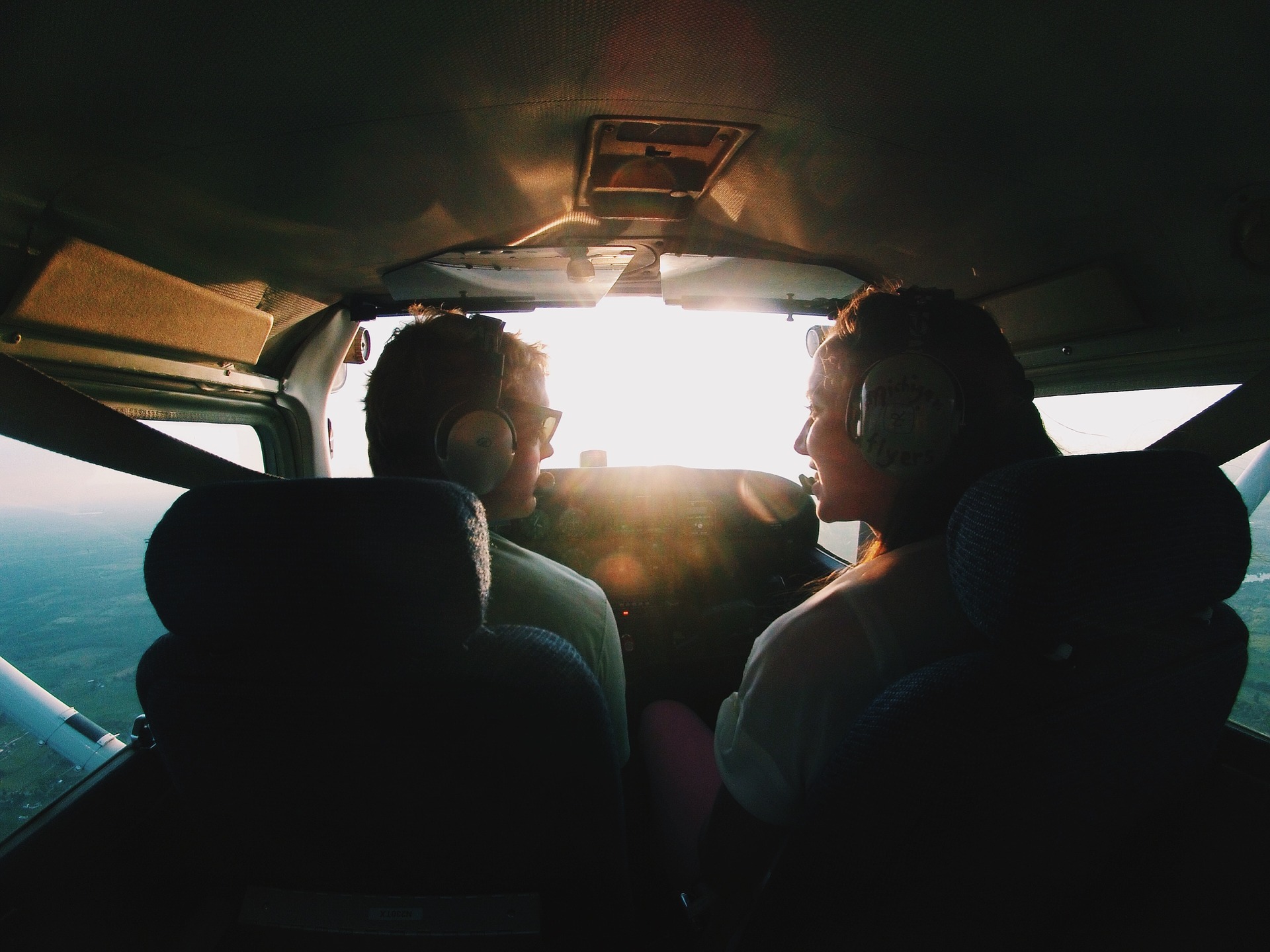
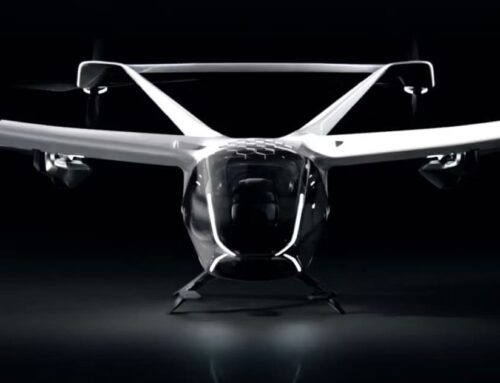
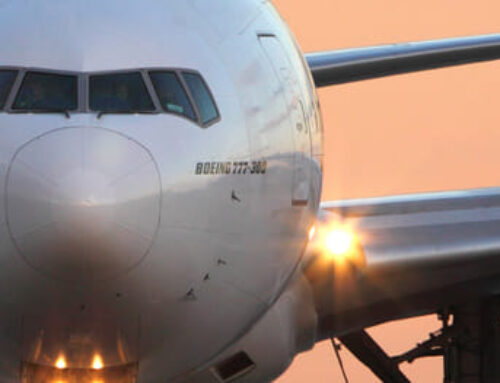
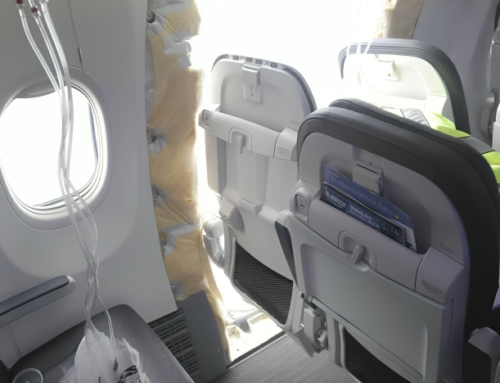
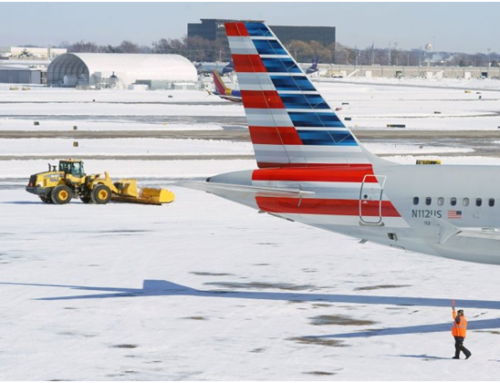
Leave A Comment